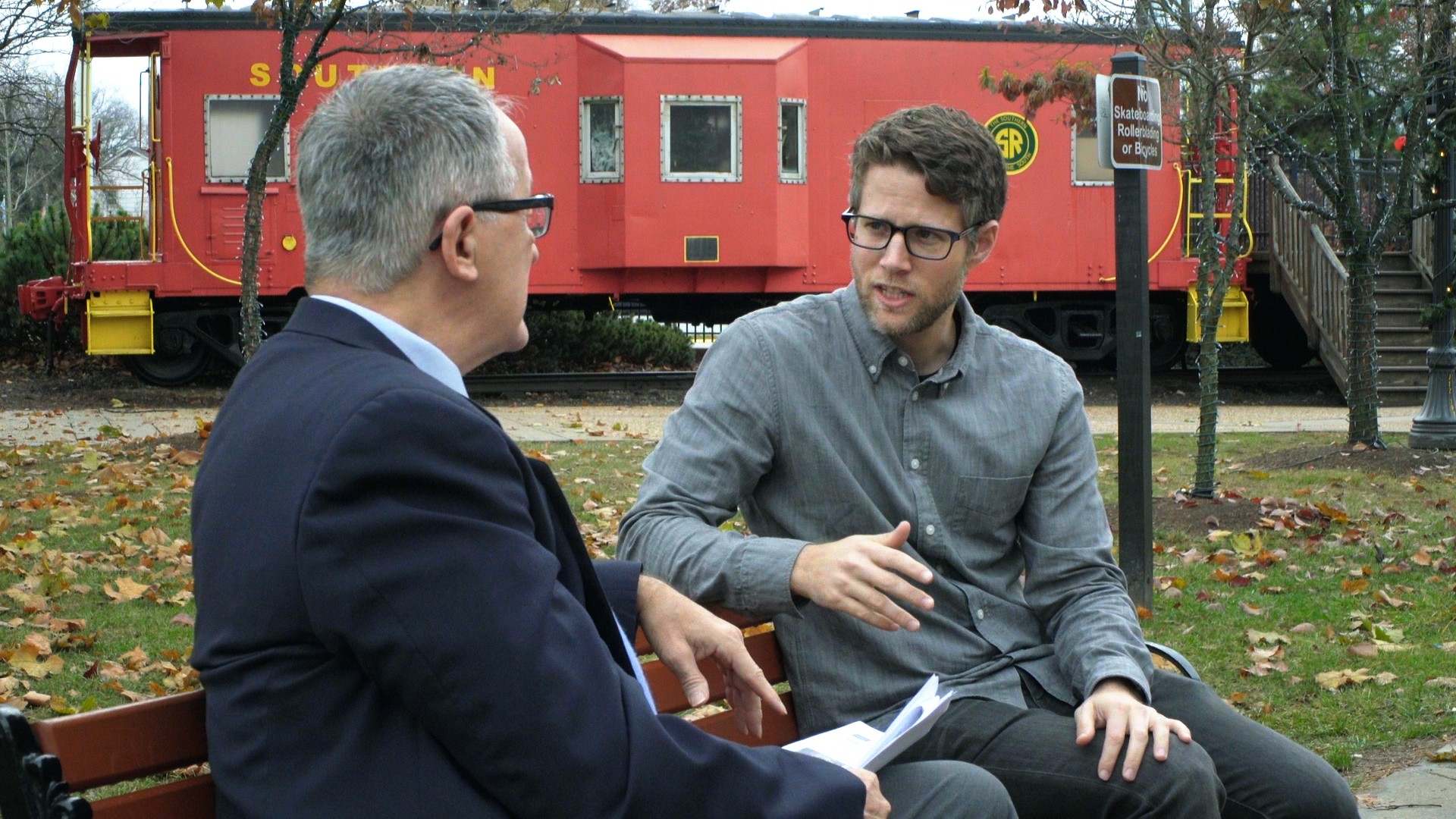America’s infrastructure is being put to the test, and unfortunately it’s failing—literally. Every four years, the American Society of Civil Engineers (ASCE) issues an Infrastructure Report Card, modeled after the traditional grading method we see in our schools everyday. The ASCE issues individual letter grades to all 16 facets of our country’s infrastructure—from energy, to roads, to railways—and then averages those grades together for an overall score.
Advertisement
This past year, America made for an unimpressive student, scoring an abysmal D+ for it’s overall infrastructure.According to the study, one of the biggest problems in the U.S. is our drinking water infrastructure. Those familiar with our ongoing drinking water crisis in America, will likely be unsurprised by this grade. In the years since the tragedy of Flint, Michigan, reports of contaminated drinking water have popped up in communities across the nation. It’s a major national issue that needs our attention, and the ASCE is fighting to bring this, and other crucial infrastructure issues, to the forefront of the American dialogue.VICE Impact spoke with Greg DiLoreto, Chair of ASCE’s Committee for America’s Infrastructure, about the Report Card and the fight for a better American infrastructure.VICE Impact: America’s overall grade this year is a D+. Why is America getting such a low score on its report card?Greg DiLoreto: The D+ that we gave is an average for 16 overall categories, and what it shows is that we are not putting enough investment into our infrastructure to bring it up to a grade of B, which would be in good condition.
Check out more videos from VICE:
Getting a D+ means that our quality of life is not as good as it could be, and all you have to do is think about being stuck in traffic every day, or water line breaks, or electrical blackouts to know how much infrastructure impacts your life. It also affects our nation's economy—our failure to invest in our infrastructure is costing each American family $3,400 dollars a year in lost disposable income.
Check out more videos from VICE:

Getting a D+ means that our quality of life is not as good as it could be, and all you have to do is think about being stuck in traffic every day, or water line breaks, or electrical blackouts to know how much infrastructure impacts your life. It also affects our nation's economy—our failure to invest in our infrastructure is costing each American family $3,400 dollars a year in lost disposable income.
Advertisement
This year, the ASCE gave drinking water infrastructures the individual grade of D. What does that mean for America?The biggest factor contributing to that assessment is our failure to invest adequate amounts in our drinking water system. What happens is that the rates that are charged to water utility customers—which is how you pay for drinking water—are not enough to equal the expenditures necessary to bring the infrastructure to a grade of B. We need more money going into fixing, replacing, and repairing pipes. We're seeing about 240,000 water line breaks a year in this country. And when that happens, businesses shut down, workers get sent home, and wages and profits are lost.
Lead pipelines, and corroding water systems are creating a crisis of contaminated drinking water in the U.S. Why are these systems still in place?Pipelines are one of the problems we face in our infrastructure system. We show that we're only about 30 percent fully funded in our water systems, in terms of the revenue available versus the total need, and most of that need is in the area of replacing water pipelines.Many of these pipelines were put in at the turn of the 20th century, and have a life of about 75 years, so they are exceeding their useful life. In fact, in our nation's capital, they have water pipes that were installed during the Civil War that are still in use. You have to invest in water systems and these water treatment plants, in order for you to be able to address the issue of contaminants.
Advertisement
What is the estimated price tag to fix our drinking and waste water infrastructure in America? Where will this money come from?We show total needs over the next 10 years of 150 billion dollars, and we show estimated funding at only 45 billion; so we have a funding gap of 105 billion dollars.Water systems are a utility not unlike your electric company, and as such they are funded by the people that use them. But those rates aren't high enough to meet the needs that are within the water utility. They need to be raised, and there’s no question that the majority of the money these systems need is gonna come from water utility user fees that you pay every month.Can the federal government step in with assistance to help bridge the funding gap? And how can we alleviate financial stress that water infrastructure issues place on smaller, impoverished communities?Because water utilities are usually state systems, the federal government has not usually been involved in them. There is a federal program called the Low Income Home Energy Assistance Program that was created to assist low income families with energy costs, but there's not currently a similar program to help cover drinking water costs. The ASCE is supportive of the creation of that type of program for drinking water.There is also a program that the federal government passed in 2014 called the Water Investment Financing Innovation Act (WIFIA), and it provides low interest financing to water agencies for funding programs. There are also State Revolving Loan Funds, where agencies can borrow money at very low rates of interest to construct these programs to meet water quality standards. But there's not a lot of money in either of those programs.So, we need to look at the appropriations for the WIFIA money. Then, we need to see if a low-income assistance program could be developed for the public. And finally, we need to reinvigorate the State Revolving Loan Funds.What can the average citizen who is concerned about the water infrastructure in their region make a difference?Most water utilities in this country are publicly owned. So as a user of the system you have not only a right but a responsibility to have a conversation with your elected officials to tell them how important water is to your community. You've got to go out there and talk to them about it.
